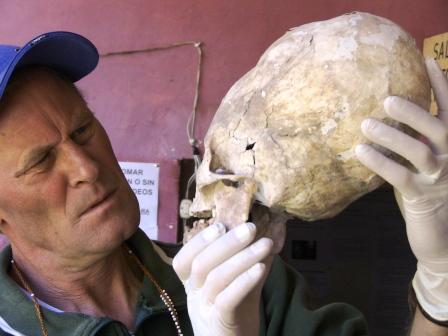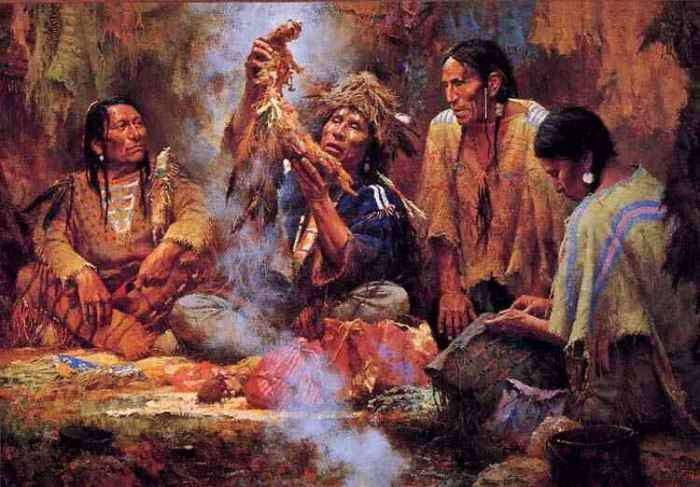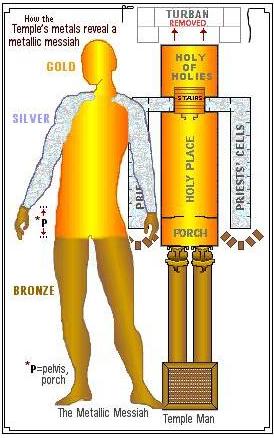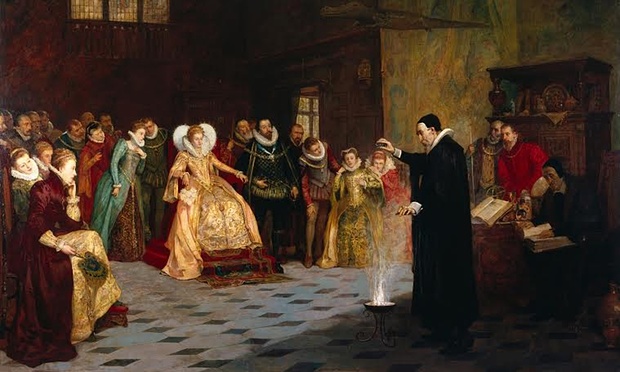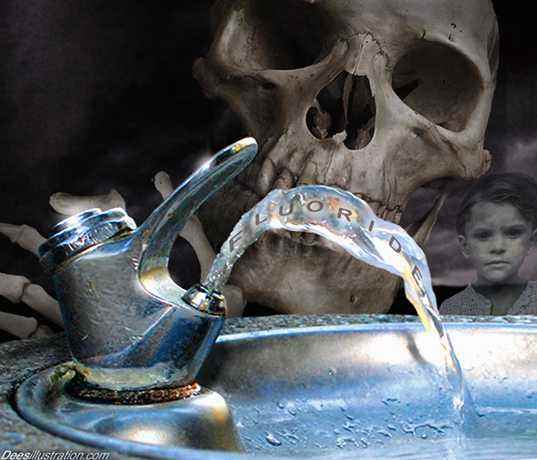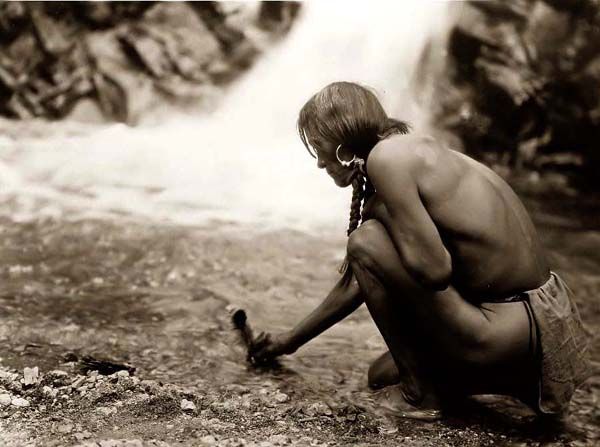 “I shall go to war to revenge the death of my brothers! I shall kill, I shall exterminate, I shall burn my enemies! I shall bring away slaves ; I shall devour their heart, dry their flesh, drink their blood ! I shall tear off their scalps, and make caps of their skulls.”—Indian War Song. Bonus Travels through Louisiana.
“I shall go to war to revenge the death of my brothers! I shall kill, I shall exterminate, I shall burn my enemies! I shall bring away slaves ; I shall devour their heart, dry their flesh, drink their blood ! I shall tear off their scalps, and make caps of their skulls.”—Indian War Song. Bonus Travels through Louisiana.
Some of our ancestors had many customs in the past that today many people would find them appalling. One of these customs was drinking blood from a skull.
In the time of Herodotus, it was was said that the Issedones decorated with gold the skulls of their dead relatives and then had used them as drinking cups. The Anglo Saxons had drank the blood out of the skulls of their dead foes and it is in Valhalla, that Thor and Odin proclaim they will drink blood from the skulls of their slain enemies.
The picture above is from an article titled, “Earliest Directly-Dated Human Skull-Cups.” This is an actual ancient skull that was found by scientists at Gough’s Cave in Somerset, UK and it is said to be the oldest ever found at approximately 14,700 years old. This find is an obvious indicator that verifies this skull and blood drinking practice and it may prove what land these tribes had originally spawned from.
Here is more from that article:
The use of skull vaults as drinking cups is known from recent ethnographic studies as well as historical accounts [6]. Herodotus in The Histories (5th century BC) portrayed the Scythians as people who drank from the skulls of their enemies. Similar traditions were described for China in The Record of Great Historian by Sima Qian (1st–2nd centuries BC) and for Viking tribes by Mágnus Ólafsson in the Krakumal written in 1636. Human skull-bowls, known as kapala in Sanskrit, were fashioned from the oval upper section of a human cranium and used as a libation vessel for a number of Vajrayana deities in tantric Buddhist rituals [7]. Laufer [7] documented Historic evidence of the use of human calvariae as drinking bowls in India, where the ritual seems to be still practiced by the Aghori sub-sect (8; http://www.lightstalkers.org/images/show/137862).
Skull-cups have been reported as being used by Australian aborigines [9]–[10], and in the nineteenth century human skulls were used as drinking cups in Fiji [11] and other islands in Oceania [4]. Despite this widespread geographical and temporal occurrence, archaeological evidence of skull-cup preparation is rare. Among the human remains excavated at the site of Nawinpukio in Peru (400–700 AD), one skull exhibits modifications, such as percussion marks, cut-marks and a polished border, which are consistent with its use as a bowl [12]. Earlier skull-cups have been described from Bronze Age sites in Europe.
It was said that the ancient Scythians who came before the Anglo-Saxons were brutally vicious towards strangers and other tribes whom they would often kill, consume their flesh and then make their skulls into drinking cups. This practice we find mentioned in the bible under Ezekiel 39:18 where it is said; You will eat the flesh of mighty men and drink the blood of the princes of the earth as if they were rams and lambs, goats and bulls–all of them fattened animals from Bashan. And ye shall eat fat till ye be full, and drink blood till ye be drunken, of ray sacrifice which I have sacrificed for you.
Very similar to the Scythians, the Goths and Scandinavian tribes had also used this same custom. A tribe first mentioned by Ammianus Marcellinus called the Scordisci, ancient inhabitants of Pannonia, who were a Celtic (Gaulish) people who had fought the Romans during the 3rd century. Marcellinus says they had also drank blood from their enemies’ skulls. The Scordisci have a saying,” Fill the honeyed beverage high; Fill the skulls, ’tis Odin’s cry! (Hostiis captivorum Bellonae litant et Marti, humanumque sanguinem in ossibus capitum cavis bibunt avidius.”)
From Wiki – A kapala (Sanskrit for “skull”) or skullcup is a cup made from a human skull used as a ritual implement (bowl) in both Hindu Tantra and Buddhist Tantra (Vajrayana). Especially in Tibet, they were often carved or elaborately mounted with precious metals and jewels. Hindu deities that may be depicted with the kapala include Durga, Kālī and Shiva, especially in his Bhairava form. Even Ganesha, when adopted into Tibetan Buddhism as Maharakta Ganapati, is shown with a kapala filled with blood. Kālī, pictured in the most common four armed iconographic image shows each hand carrying variously a sword, a trishula (trident), a severed head and a bowl or skullcup (kapala) catching the blood of the severed head.
Here in America, many Indian tribes were notorious for scalping their enemies and also drinking their blood from skulls. Even today, we find in the Catholic Church the drinking of the blood of Jesus that is symbolized as wine, and in Freemasonry they also have a similar ritual in the 33rd Degree of Scottish Rite Freemasonry in which it is said that they simulate the drinking of blood out of a skull by using wine. This secret is revealed to the public in The Lost Symbol by The Da Vinci Code author Dan Brown.
The truth will be twisted, Langdon knew. As it always is with the Masons. The truth was that the brotherhood’s focus on death was in fact a bold celebration of life. Masonic ritual was designed to awaken the slumbering man inside, lifting him from his dark coffin of ignorance, raising him into the light, and giving him eyes to see…. Masonic initiations were startling because they were meant to be transformative…. Masonic teachings were arcane because they were meant to be universal…taught through a common language of symbols and metaphors that transcended religions, cultures, and races…creating a unified “world wide consciousness” of brotherly love (The Lost Symbol, pg 437).

Moe is the founder of GnosticWarrior.com. He is a father, husband, author, martial arts black belt, and an expert in Gnosticism, the occult, and esotericism.

